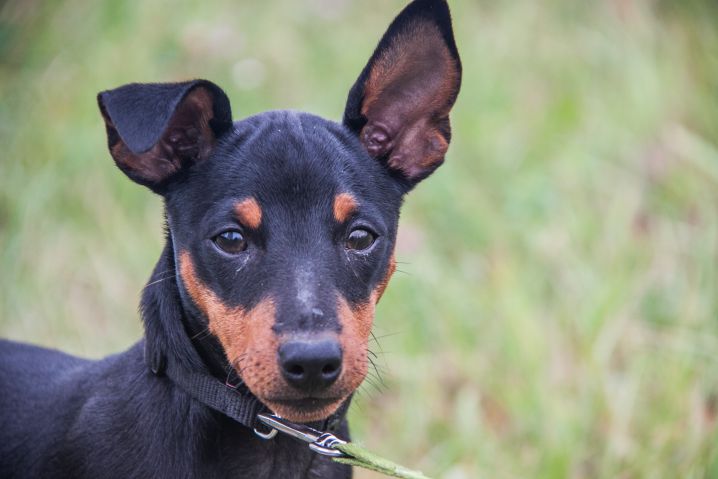How to understand that a dog is sick: a dog trainer named hidden signs of pain
Not only COVID-19 in humans, but also the disease in domestic animals can be asymptomatic.
For example, a dog may be sick, but the owner will not even know about it. In this case, the external signs of the disease will be completely innocent.
Dogs do not always give precise signals that can be assessed unambiguously: some signs of pain may be completely unobvious to the owner. The task of a dog breeder is to catch the slightest changes in the animal's behavior in time, pay close attention to any signals, and if you suspect health problems, you should seek help from a veterinarian, - Vladimir Golubev, head of the Russian Cynological Federation, told the publication Veterinary Science and Life.
There are a total of five hidden signs of illness in dogs.
Activity
When an active pet begins to move less, refuses to play, and has difficulty climbing or descending stairs, these are obvious signs of health problems.

In addition, when moving, the dog may hunch over, the tail will be lowered, and lameness will appear.
Chews paws, licks itself
These are signs of stress if the dog starts biting or licking its paws frequently. The pet reacts similarly after contact with reagents outside in winter. Inspect the paws and body. Perform treatment.
In addition to cuts and wounds, we may be talking about arthritis.
Constantly yawning
A sure sign of fatigue. It is obvious that the animal is stressed and worried. At the same time, the dog may lick its lips, press its ears, and turn away.
He will refuse to make contact, which indicates pain or discomfort.
Behavior
It manifests itself in anxiety or isolation. The dog may growl, whine, or react sharply to the owner's approach.
Mimicry
If a dog is in pain, it will lick its lips, hide its gaze, change the position of its eyebrows, and may begin to tremble and bare its teeth.
Earlier we talked about why a dog stops eating dry food .

